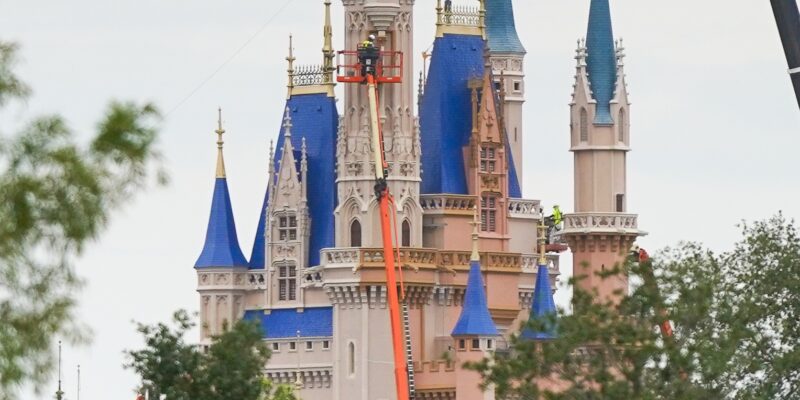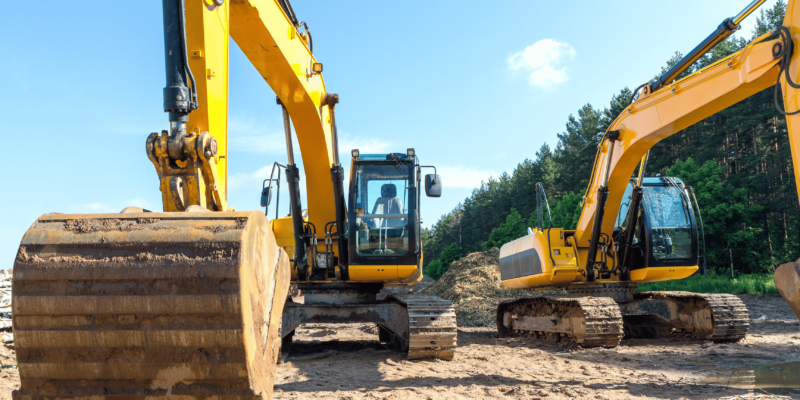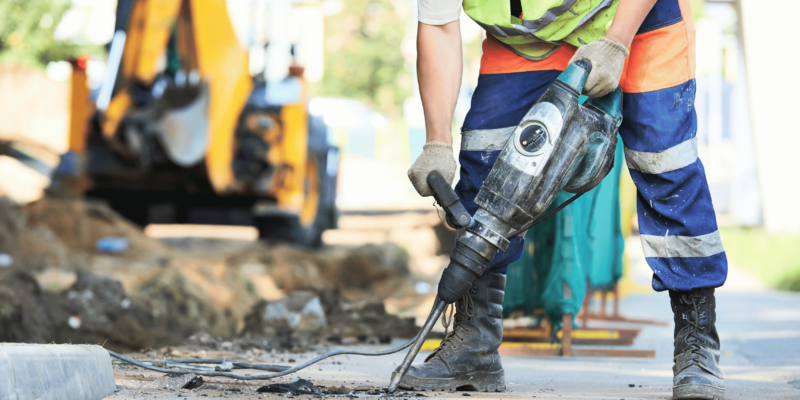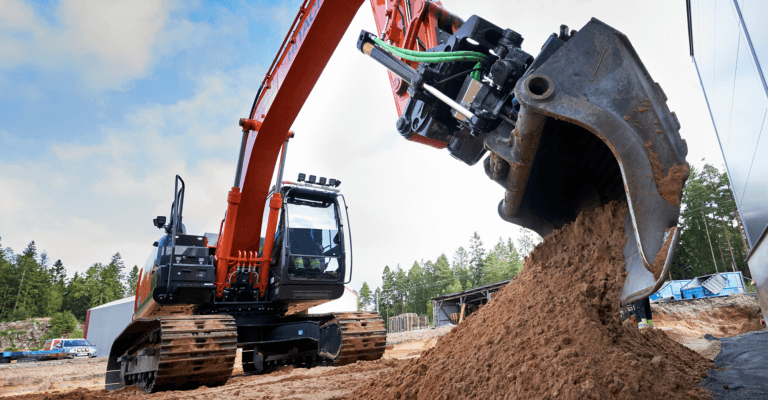In April, Leica Geosystems launched its first Smart Antenna for use in heavy construction.
At Steadfast, we love new tech, so we were excited to see this advancement of the smart antenna, as these devices are not only improving the efficiency and accuracy of construction projects but are also transforming the way companies approach their operations.
Not familiar with the smart antenna? Let’s explore what they are, how they’re used in construction, and the numerous improvements they bring to the companies that use them.
What Are Smart Antennas?
Smart antennas are sophisticated antenna systems that can adapt their radiation pattern in response to the environment. Unlike traditional antennas that transmit and receive signals in a fixed direction, smart antennas can dynamically change their beam direction and shape to optimize signal reception and transmission. This is achieved through advanced algorithms and signal processing techniques, enabling the antennas to focus on specific directions and mitigate interference.
Types of Smart Antennas
Switched Beam Antennas: These antennas switch between multiple fixed beams that cover different directions. They select the beam that provides the best signal quality.
Adaptive Array Antennas: These use a more advanced approach by continuously adjusting the beam direction and shape based on real-time signal feedback. This ensures optimal performance even in dynamic environments.
Applications of Smart Antennas in Construction
- Precise Positioning and Navigation: In construction, accurate positioning and navigation are crucial for tasks such as surveying, machine control, and asset tracking. Smart antennas enhance the precision of Global Navigation Satellite Systems (GNSS), providing real-time, centimeter-level accuracy. This is essential for tasks like site layout, grading, and excavating, where even minor errors can lead to significant problems.
- Enhanced Communication: Construction sites often face challenges related to communication due to the presence of large structures, machinery, and variable terrain. Smart antennas improve communication by ensuring reliable and high-quality wireless connections. They can adapt to the changing environment, reducing signal loss and interference, and enabling seamless communication between workers, machinery, and management systems.
- Equipment Control and Automation: Modern construction heavily relies on automated and semi-automated machinery. Smart antennas play a critical role in the remote control and guidance of these machines. By providing precise location data and reliable communication links, they ensure that automated equipment can operate safely and efficiently, leading to increased productivity and reduced human error.
- Asset Tracking and Management: Keeping track of equipment and materials is a significant challenge on construction sites. Smart antennas facilitate real-time asset tracking by integrating with IoT devices and sensors. This allows construction companies to monitor the location and status of their assets continuously, reducing losses, optimizing usage, and improving overall site management.
Improvements Provided by Smart Antennas
- Increased Efficiency: By enhancing positioning accuracy and communication reliability, smart antennas streamline various construction processes. This leads to faster project completion times and reduced downtime, ultimately boosting the efficiency of construction operations.
- Cost Savings: Improved precision and reduced errors translate to significant cost savings. Smart antennas help avoid costly rework, minimize material wastage, and optimize the use of machinery and labor. Additionally, better asset management reduces the risk of equipment loss and theft.
- Enhanced Safety: Smart antennas contribute to a safer work environment by enabling better communication and precise control of machinery. Automated equipment guided by smart antennas can perform hazardous tasks with high accuracy, reducing the risk of accidents and injuries.
- Better Project Management: The real-time data provided by smart antennas allows for improved project management. Construction managers can make informed decisions based on accurate location and status information, leading to better planning, coordination, and execution of projects.
- Scalability and Flexibility: Smart antenna systems are highly scalable and can be adapted to various construction projects, regardless of size or complexity. This flexibility makes them a valuable investment for construction companies looking to future-proof their operations.
Smart antennas are revolutionizing the construction industry by providing unparalleled precision, reliability, and efficiency. From precise positioning and enhanced communication to improved safety and cost savings, the benefits of smart antennas are substantial. As construction projects become increasingly complex and technology-driven, adopting smart antennas will be crucial for companies aiming to stay competitive and deliver high-quality results.
If, like us, you’re interested in finding modern solutions to your construction needs, connect with us at Steadfast Entities, LLC. We are proud to offer the most up-to-date, industry-proven tools and equipment, to help you get the job done right.













